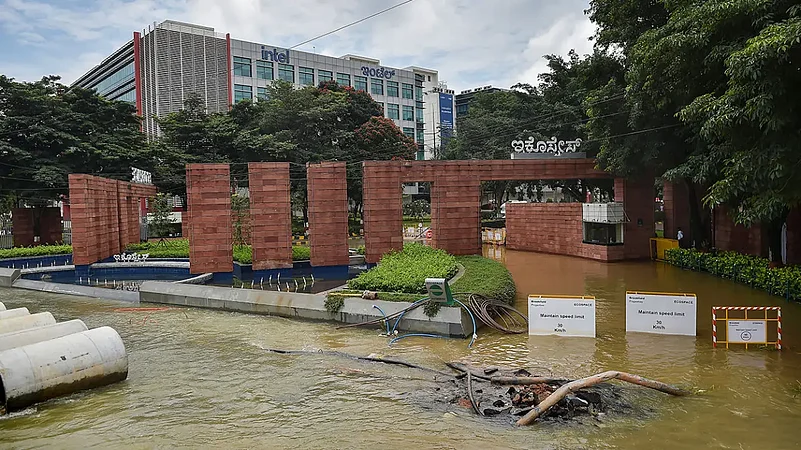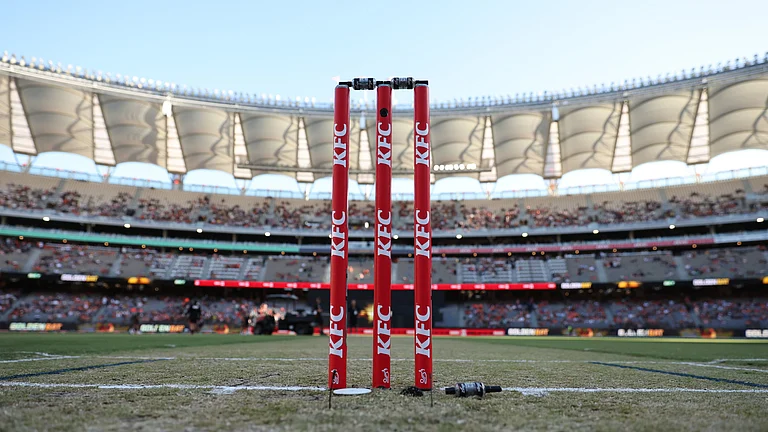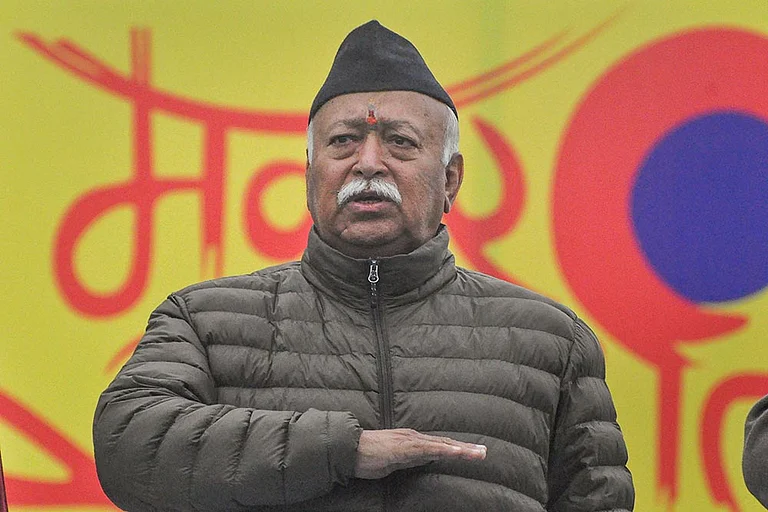The torrential rain in the city that flooded the houses and offices of tech honchos and turned roads into rivers of sorts could not fill most lakes, thanks to the land mafia who turned the feeder canals of these water bodies into a sewerage drain and diverted their flow, environmentalists said.
This mischief by the land sharks in connivance with some vested interests in various civic agencies and in the government led to the death of lakes in the city, Leo Saldanha, coordinator of Environment Support Group alleged.
Benglauru, which the British rulers had called as a 'City of thousand lakes' for having over 1,600 lakes, has about 400 water bodies today in the Bengaluru metropolitan region. "Those lakes which disappeared gave way for residential layouts, bus stands, bus terminals and tech parks. Sadly, those 400 lakes are also on the verge of destruction," Saldanha told PTI.
Citing the example of Subrahmanyapura Lake in South Bengaluru, he said it has reduced to a cesspool and is choked with weeds. One can hardly imagine that barely 15 years ago, people used its water from drinking and took bath in it, he pointed out.
"Ironically, not only the Bangalore Development Authority developed a layout on another lake 'Venkatarayana Kere' on the upstream of Subrahmanyapura Lake, but a powerful builder also constructed two massive residential complexes exactly on the feeder canals of these two lakes -- Subrahmanyapura and Venkatarayana Kere," Saldanha claimed.
Further, the Bruhat Bengaluru Mahanagara Palike (BBMP) reduced the width of its feeder canal from 60 ft to a mere 10 feet wide drain in two years. The feeder canal of the lake carries the sewage of the nearby apartments and residential layouts, he claimed.
The drain does not empty a drop of rainwater into the lake. Instead, it is diverted to straightaway flow into the subsidiary of the Vrushabhavathi river. The Vrushabhavathi river is now reduced to a major sewage drain, Saldana said.
"It is a fact that the Subrahmanyapura lake got the attention of the court from 2009 and we are now in 2022. The attention of the court was focused on it. But even with the judicial oversight, the Raja Kaluve (feeder canal of the lake) has been destroyed. Apartments have been constructed. This shows the weakness of the system," Saldanha said.
Ravi Kumar, a resident of Chikkalasandra in the region, charged within a radius of two km of the Subrahmanyapura lake, land sharks gobbled up Chikkasandra Lake, Ittamadu Lake and Narayana Kere and turned them into a residential layout illegally while the civic agency finds itself helpless to recover them.
"The civic agencies had removed encroachment of Chikkalasandra lake a few years ago but today once again the encroachers are back. This time even the Bruhat Bengaluru Mahanagara Palike is parking its garbage vehicles inside the 'lake bed', allowing others to encroach on it," Kumar alleged.
Noted activist S R Hiremath who led a campaign against the encroachment of government land in Karnataka, especially in Bengaluru said Bellandur Lake, which is the largest water body of the city, had been the victim of rampant encroachment as residential developments happened on its wetland region and its feeder canals.
"I had fought a legal battle against the encroachment with the help of eminent lawyer Prashant Bhushan in the Supreme Court and also fought cases in the High Court. The problem is those who grabbed the government lands are very powerful and are holding important posts in government institutions as well as all the political parties," Hiremath said.
Due to the heavy downpour in the past one week, the lake swelled to monstrous proportions submerging all those areas, which were encroached upon. "I live in Bellandur. I am unable to move out due to flooding for the past one week. It's been more than 15 years, since I moved to this place but never ever, I experienced such a flood," an executive of a corporate company told PTI requesting anonymity.
A former IAS officer requesting anonymity said the government is least bothered about the problems of Bengaluru. "The A T Ramaswamy committee report and V Balasubramanian's report 'Greed and Connivance' are gathering dust in the dingy corners of the government offices. For the politicians and government officers, these reports are like a can of worms, which they don't want to open," he claimed.
According to noted architect Naresh Narasimhan, the planning of the city is based on land use and real estate and not on climate change and resilience. "You have to think little ecologically. The root of the word economy is same as the word ecology. Both words have derived from a Greek word 'Ecos', which means home. Until we give importance to ecology, the economy cannot improve," Narasimhan said.
The architect opined that the flooding in Bengaluru was an extreme climate change event, which was never seen before. "If this has happened now, then it can happen again and we should plan accordingly," Narasimhan said. He insisted that the government should demonstrate a strong political will to take harsh decisions.
(With PTI inputs)


























